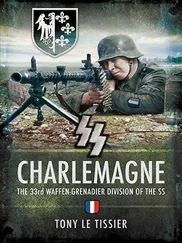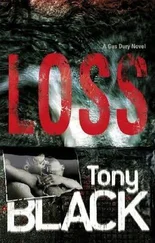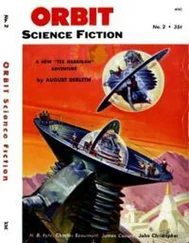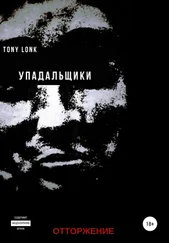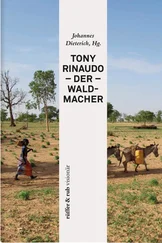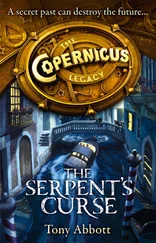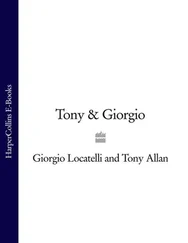The Russians, however, had memories of their own. Seen from the satellite countries, the Soviet version of recent history was palpably false; but for many Russians themselves it contained more than a grain of truth. World War Two was a ‘Great Patriotic War’; Soviet soldiers and civilians were , in absolute numbers, its greatest victims; the Red Army did liberate vast swathes of eastern Europe from the horrors of German rule; and the defeat of Hitler was a source of unalloyed satisfaction and relief for most Soviet citizens—and others besides. After 1989, many in Russia were genuinely taken aback at the apparent ingratitude of erstwhile fraternal nations, who had been released in 1945 from the German yoke thanks to the sacrifices of Soviet arms.
But for all that, Russian memory was divided. Indeed, that division took institutional form, with two civil organizations coming into existence to promote critical but diametrically opposed accounts of the country’s Communist past. Memorial was founded in 1987 by liberal dissidents with the goal of obtaining and publishing the truth about Soviet history. Its members’ particular concerns were with human-rights abuse and the importance of acknowledging what had been done in the past in order to forestall its recurrence in the future. Pamiat’ , formed two years earlier, also sought to recover and honour the past (its name means ‘memory’ in Russian) but there the resemblance ceases. The founders of Pamiat’ , anti-Communist dissidents but far from liberal, wanted to offer an improved version of the Russian past: sanitized of Soviet ‘lies’ but also free of other influences foreign to Russia’s heritage, above all that of ‘Zionists’. Within a few years Pamiat’ had branched out into nationalist politics, wielding Russia’s neglected and ‘abused’ history as a weapon with which to ward off ‘cosmopolitan’ challenges and interlopers.
The politics of aggrieved memories—however much these differed in detail and even contradicted one another—constituted the last remaining bond between the former Soviet heartland and its imperial holdings. There was a shared resentment at the international community’s under-appreciation for their past sufferings and losses. What of the victims of the Gulag? Why had they not been compensated and memorialized like the victims and survivors of Nazi oppression? What of the millions for whom wartime Nazi oppression became postwar Communist oppression with no discernible caesura? Why did the West pay so little attention?
The desire to flatten out the Communist past and indict it en bloc—to read everything from Lenin to Gorbachev as an uninflected tale of dictatorship and crime, a seamless narrative of regimes and repressions imposed by outsiders or perpetrated in the people’s name by unrepresentative authorities—carried other risks. In the first place it was bad history, eliminating from the record the genuine enthusiasms and engagements of earlier decades. Secondly, the new orthodoxy had contemporary political implications. If Czechs—or Croats or Hungarians or anyone else—had played no active part in the dark side of their own recent past; if eastern European history since 1939—or, in the Russian case, from 1917 to 1991—was exclusively the work of others, then the whole era became a sort of parenthesis in the national story: comparable to the place assigned to Vichy in post-war French consciousness, but covering a vastly longer period and an even grimmer archive of bad memories. And the consequences would be similar: in 1992, Czechoslovak authorities banned a BBC documentary film about the 1942 assassination in Prague of Reinhard Heydrich from the Karlovy Vary film festival, because it showed ‘unacceptable’ footage of Czechs demonstrating support for the wartime Nazi regime.
With this post-Communist re-ordering of memory in eastern Europe, the taboo on comparing Communism with Nazism began to crumble. Indeed politicians and scholars started to insist upon such comparisons. In the West this juxtaposition remained controversial. Direct comparison between Hitler and Stalin was not the issue: few now disputed the monstrous quality of both dictators. But the suggestion that Communism itself—before and after Stalin—should be placed in the same category as Fascism or Nazism carried uncomfortable implications for the West’s own past, and not only in Germany. To many western European intellectuals, Communism was a failed variant of a common progressive heritage. But to their central and east European counterparts it was an all too successful local application of the criminal pathologies of twentieth-century authoritarianism and should be remembered thus. Europe might be united, but European memory remained deeply asymmetrical.
The Western solution to the problem of Europe’s troublesome memories has been to fix them, quite literally, in stone. By the opening years of the twenty-first century, plaques, memorials and museums to the victims of Nazism had surfaced all across western Europe, from Stockholm to Brussels. In some cases, as we have seen, they were amended or ‘corrected’ versions of existing sites; but many were new. Some aspired to an overtly pedagogical function: the Holocaust Memorial which opened in Paris in January 2005 combined two existing sites, the ‘Memorial to the Unknown Jewish Martyr’ and a ‘Centre for Contemporary Jewish Documentation’. Complete with a stone wall engraved with the names of 76,000 Jews deported from France to Nazi death camps, it echoed both the US Vietnam Memorial and—on a much reduced scale—the ambitions of the Holocaust Memorial Museum in Washington, DC, or Yad Vashem in Jerusalem. The overwhelming majority of such installations were indeed devoted—in part or whole—to the memory of the Holocaust: the most impressive of them all was opened in Berlin on May 10th 2005.
The explicit message of the latest round of memorials contrasts sharply with the ambiguity and prevarication of an earlier generation of lapidary commemorations. The Berlin memorial, occupying a conspicuous 19,000-square metre site adjacent to the Brandenburg Gate, is the most explicit of them all: far from commemorating ecumenically the ‘victims of Nazism’ it is, quite avowedly, a ‘Memorial to the Murdered Jews of Europe’. [430]In Austria, young conscientious objectorscould now choose to replace military service with a period in the state-financed Gedenkdienst (‘Commemorative Service’, established in 1991), working at major Holocaust institutions as interns and guides. There can be little doubt that Western Europeans—Germans above all—now have ample opportunity to confront the full horror of their recent past. As the German Chancellor Gerhard Schroeder reminded his audience on the sixtieth anniversary of the liberation of Auschwitz, ‘the memory of the war and the genocide are part of our life. Nothing will change that: these memories are part of our identity’.
Elsewhere, however, shadows remain. In Poland, where a newly established Institute of National Memory has striven hard to encourage serious scholarly investigation into controversial historical subjects, official contrition for Poland’s own treatment of its Jewish minority has aroused vociferous objections. These are depressingly exemplified in the reaction of Nobel Peace Prize winner and Solidarity hero Lech Wałesa to the publication in 2000 of Jan Tomasz Gross’s book Neighbours , an influential study by an American historian of a wartime massacre of Jews by their Polish neighbours: ‘Gross’, Wałesa complained in a radio interview, was out to sow discord between Poles and Jews. He was a ‘mediocre writer… a Jew who tries to make money’.
The difficulty of incorporating the destruction of the Jews into contemporary memory in post-Communist Europe is tellingly illustrated by the experience of Hungary. In 2001 the government of Viktor Orbán inaugurated a Holocaust Memorial Day, to be commemorated annually on April 16th (the anniversary of the establishment in 1944 of a ghetto in wartime Budapest). Three years later Orbán’s successor as prime minister, Péter Medgyessy, opened a Holocaust Memorial Centre in a Budapest house once used to intern Jews. But much of the time this Holocaust Centre stands nearly empty, its exhibits and fact sheets seen by a thin trickle of visitors—many of them foreign. Meanwhile, on the other side of town, Hungarians have flocked to the Terrorhaza .
Читать дальше

